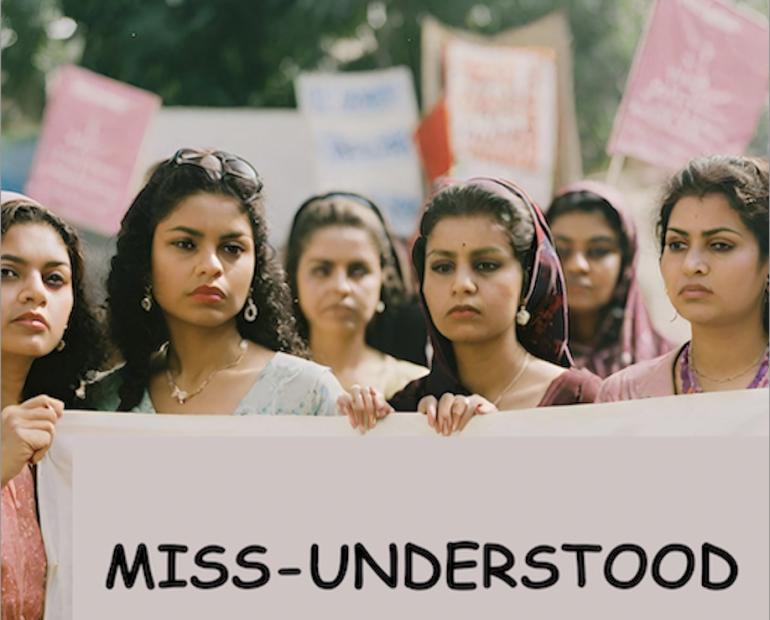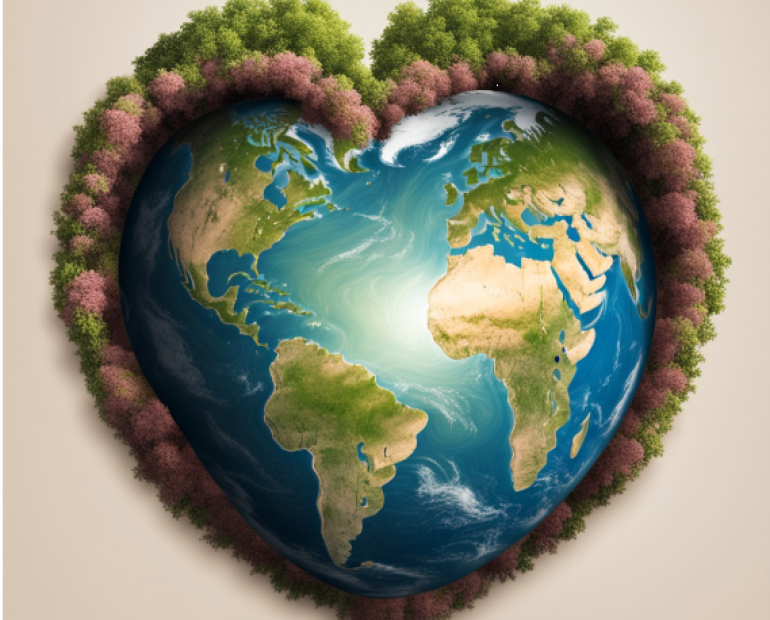
What do children and teenagers worry about? A lot of things, really: homework, peer pressure, body image, career, problems at school, family tensions, not to mention their own mental health. But recently, another stress factor has crept on this already long list of concerns, and its influence can be just as major: eco-anxiety.
Eco-anxiety is not an old term and it’s definitely not something that previous generations have experienced. The term was barely coined in 2017, when the American Psychological Association first defined it as “a chronic fear of environmental doom.”
According to the U.N., humanity only has 11 years to take clear action, otherwise the planet will experience the catastrophic effects of climate change. This deadline is unsettling for the whole population but youth are even more sensitive to it and experience deeply negative thoughts as a result.
What are the symptoms of eco-anxiety?
First of all, the term itself, eco-anxiety, can be confusing, and it’s important to understand what it is if we want to address it successfully. Eco-anxiety is not clinical anxiety disorder. However, the two can overlap at times and fears about climate change can worsen existing mental health problems. For example, a child who was already struggling with anxiety can experience a panic attack when hearing alarming news about climate change, or when climate change causes a natural disaster on the other side of the globe.
A simplistic explanation of eco-anxiety would classify it as being terrified of climate change and its effects. But, going into more detail, we can see that the symptoms of eco-anxiety manifest in multiple ways. For children in island nations, like Fiji and the Solomon Islands, which risk being entirely submerged this century, eco-anxiety takes the form of existential dread because their world could literally vanish within a decade. For children in the UK, the U.S., and other wealthy Western countries, eco-anxiety stems from the uncertainty over the future.
Children who experience eco-anxiety can feel disheartened about the future and even go as far as planning not having kids because the planet will be in critical condition anyway. Afraid of what would happen to the planet, children and teens also feel responsible to advocate for eco-friendly policies. In fact, youth has become the face of eco-awareness and more and more children take to the streets, hoping to make a difference. However, children also have school to worry about and eco-anxiety can also cause them to feel overwhelmed by this responsibility, which they feel they have to accept because previous generations have left them no choice.

Alarmism
In the age of social media and fast-spreading news, children know more about the environment and feel worse about it. Of course, the youth should be aware of climate change and its effects and the fact that they care and want to act on this information is encouraging. However, the line between education and alarmism can be very thin. Children are often exposed to sensationalist, extremist and clickbait titles that misinterpret scientific studies and this kind of panic creates the perfect environment for eco-anxiety to set in. If not explained properly, young children can be deeply disturbed by media headlines and some may even believe that the planet is literally ending in a decade.
Which leads us to…
Focusing on solutions, not scenarios of impending doom
Empowering youth with accurate information and actionable tips is the best way to reduce eco-anxiety and feel more hopeful about the future. As individuals, we may not have control over how governments deal with climate change. However, changing our lifestyles and going green can reduce anxiety levels and reinstall a sense of control.
In the long run, raising a generation who recycles and refuses to buy from companies that pollute can trigger a massive shift. Environmental organizations know this, and they’re focusing on solutions. For example, in Australia, where sustainable waste management efforts are on the rise, many schools now have programs to teach kids to reuse and recycle selectively. In Europe, Belgium has one of the best recycling and prevention programs and educating children is at its very core.
However, it’s important to present environmental solutions from a proactive standpoint and Generation Z shouldn’t feel like they have to solve the harm caused by previous generations. By involving the entire family, environmental activism feels like less of a burden and the youth won’t feel like they’re alone in the face of disaster. In the end, climate change affects us all and collective action can create a sense of community and strengthen the bond between generations.
It all cycles back to the importance of environmental education
Raising awareness without causing alarmism can only be done by investing in environmental education. Schools should be willing to introduce environmental education in the curriculum, and teachers should take climate change courses to understand the science behind it. What makes eco-anxiety worse is the feeling of powerlessness in the face of climate change, so the youth shouldn’t just learn about environmental problems, but also about their solutions. An hour-long course about the negative impact of landfills can be enough to make an entire class feel hopeless about their future. But teaching that class how to reduce, reuse, and recycle, can make them feel more optimistic and give them something to look forward to.
For parents and educators, raising a confident generation can be a challenge in itself. But now, in a context that’s led by environmental anxiety, empowering children can be even harder. Before rallying to the streets and advocating publicly, children and teens who struggle with eco-anxiety need, first and foremost, the support of their families and communities.
Since you are here, we thought your might also be interested in this article: Is there a future for the world's children?






